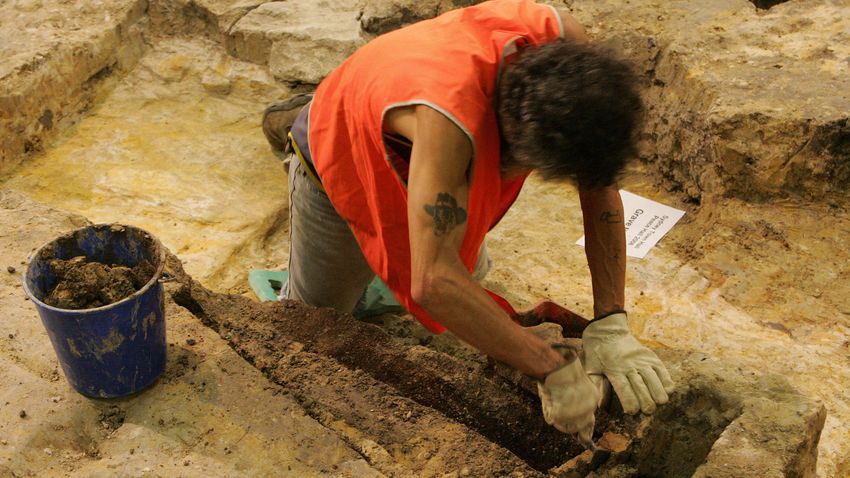Australian media reported, on Wednesday, that ancient human remains previously discovered in Australia will be buried, ending years of controversy between Aboriginal communities and the Canberra government.
Australian Environment Minister Susan Lee held a press conference about the government’s decision in Mungo National Park.
Australia’s ABC has reported that the remains of 108 ancient people will be buried at 26 unknown sites in New South Wales. Among these famous are Mungo Man and Mungo Lady, who are considered among the most famous archaeological finds in Australia.
Their excavations rewrote the history of Australia: researchers found that Mungo Mant was buried in a complex ceremony. Mungo Man is said to have lived a group hunting lifestyle, and suffers from arthritis. He died at the age of fifty. He was lying on his back with his hands crossed in his lap.
The findings, estimated to be 42,000 years old, along with 106 additional human skeletons were excavated in the 1960s and 1980s in Mungo National Park, 750 kilometers west of Sydney.
Since 2018, the local Aboriginal Advisory Council has advocated for the establishment of unmarked burial sites in the Lake Mungo area.
James Griffin, New South Wales Minister for Heritage and Environment, emphasized that “the discovery of the Mungo Man and the Mungo Lady has helped scientists determine that Aboriginal people lived in Australia more than 42,000 years ago, but now is the time to rest in peace.”
Some locals expressed their displeasure with the fact that the matter was decided by the Canberra government rather than the indigenous community itself.
The remains were taken without permission from the indigenous people of the area for examination and storage at the Australian National University in Canberra.
The remains of the Mungo man five years ago were returned to New South Wales, where they are interred next to the Mungo National Park Visitor Centre. His remains were also reburied.
cover photo: illustration












































